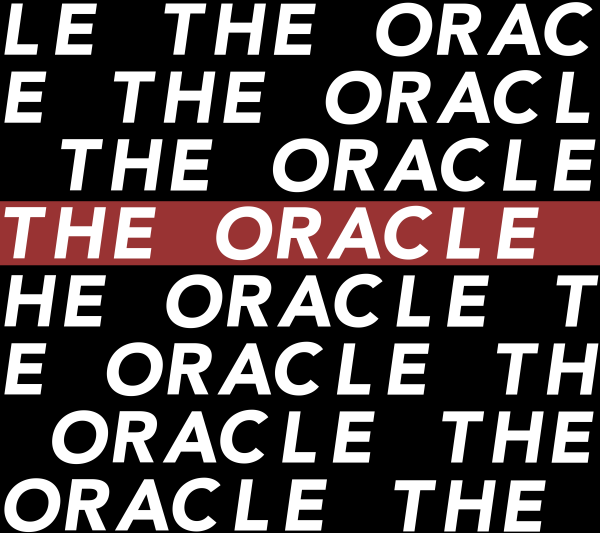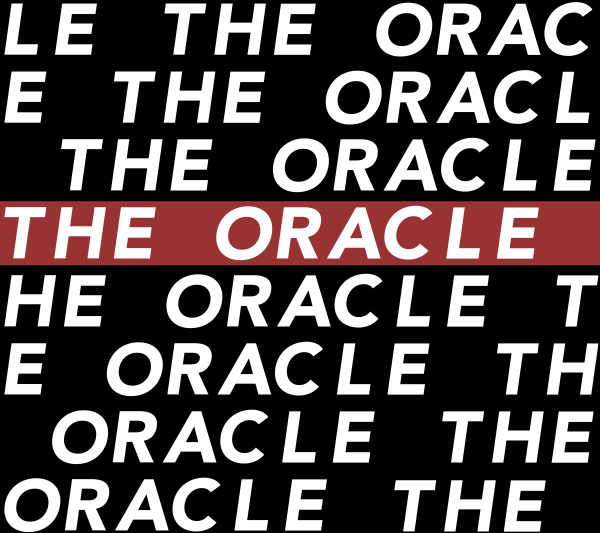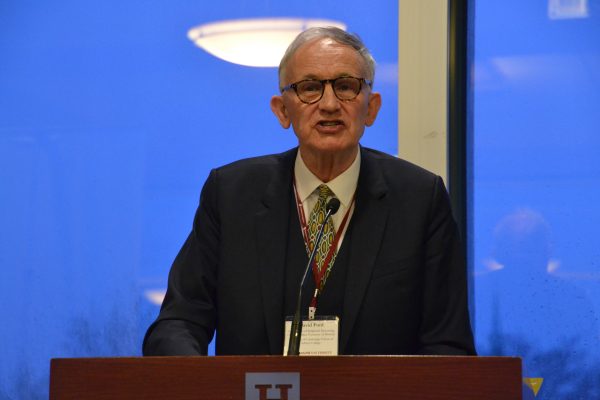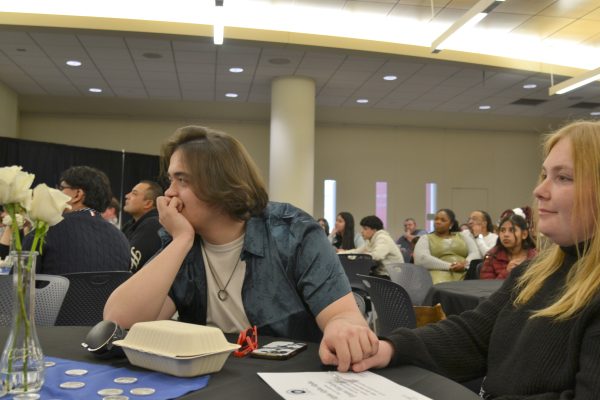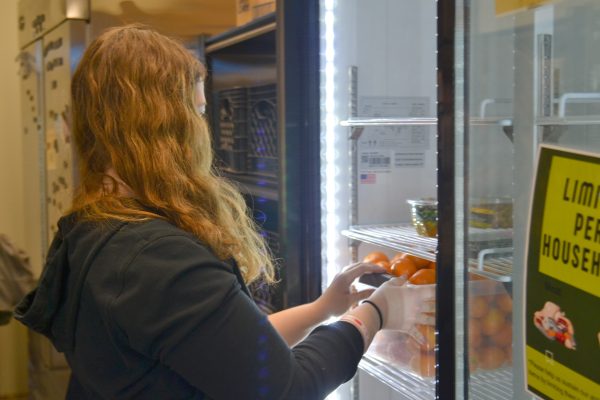Hamline educates after racism
After an incident of racism on campus, leadership across campus came forward to explain the institution’s response and hear feedback from students.
October 23, 2019
A video originally shared on Snapchat of four student-athletes singing along to a rap song and saying the n-word spread across campus earlier this semester. In the video, three students sing the word, while the other stated they do not say “that word.”
Two dialogues were held on Oct. 16 to give students, faculty and staff an opportunity to ask questions, raise concerns and find out more about Hamline’s response to this and other racially motivated incidents.
President Fayneese Miller was present at the first of these dialogues. She emphasized that the institutional response to this event is education.
“We are an institution of higher learning first,” Miller said. “In that particular instance, the right response was to help those students understand what it is that they had done that was wrong.”
Dean of Students Patti Klein elaborated that education in these situations is more than a warning not to repeat the offense.
“It’s not just a message of ‘don’t say that word,’ although that’s an important piece, but that we educate about why,” Klein said. “It’s not a one-time thing. It’s an ongoing basis and ongoing education.”
Details about Hamline’s response to this incident are protected under Title IX and the Family Educational Rights and Privacy Act (FERPA) which require confidentiality of disciplinary decisions except in cases of sexual misconduct.
Senior Oubeida Ouro-Akondo voiced support for prioritizing education as a response.
“I think it’s more important for us to teach people because then when they don’t do something, it’s not out of fear,” Ouro-Akondo said. “I would rather people not do something because they see the humanity in me.”
Sumaya Ali, a senior, spoke up to argue that the responsibility of educating should not fall directly on minority students.
“I and a lot of other students who hold marginalized identities are tired from having to educate others,” Ali said. “I don’t know if it’s fair to ask students to do more of that education when we are already doing so much of that, I think it’s fair to ask the administration to do more.”
Junior Maryan Hersi expressed feelings that public statements about the incident should have been more specific.
“One thing that I would have wished to see was the callout of what happened in that video,” Hersi said. “When calling out and saying ‘we don’t stand for this in our community,’ I think saying what it is we don’t stand for kind of got lost in the message.”
Athletic Director Jason Verdugo spoke at both discussions on Oct. 16 to apologize on behalf of the athletic department.
“In my 19 years at Hamline, the diversity of our leadership and our student-athletes is a big part of what is important to me,” Verdugo said. “I take the heat for this.”
Everett noted that although this particular incident demanded public response and dialogue, efforts to improve diversity and inclusion have been in place for some time and continue to be expanded.
This includes changes to hiring and recruitment to reach more diverse candidates, hosting community events to talk about inclusive excellence, and implementing the Intercultural Departmental Inventory, a tool used to measure cultural competency.
Additionally, Everett and other members of the administration have been asked by President Miller to create a language policy to clarify Hamline’s position on what is acceptable and what is not.

